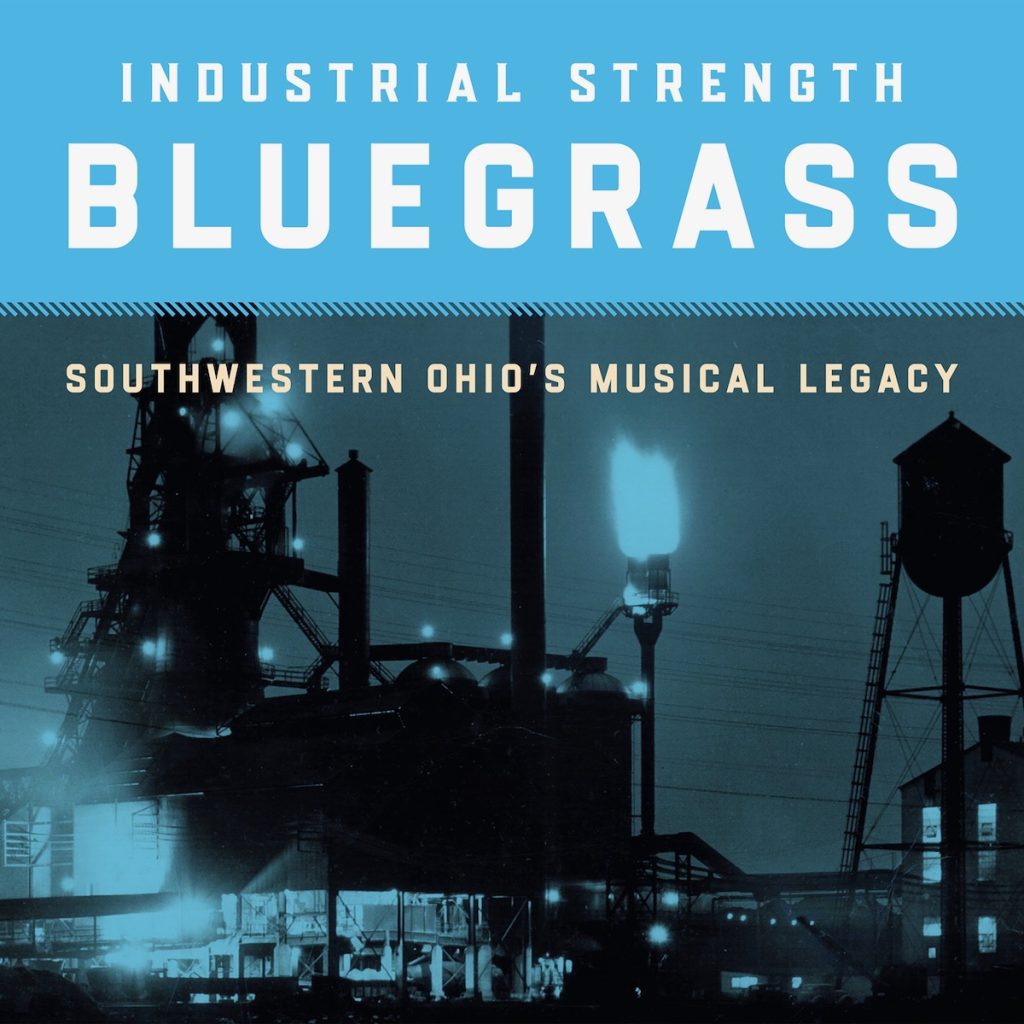Today’s Artists Explore Musical and American History on ‘Industrial Strength Bluegrass’

EDITOR’S NOTE: As album releases slow down in December, we like to catch our breath and write about albums that came out earlier in the year that we didn’t get a chance to review but we think are worthy of your attention. Industrial Strength Bluegrass: Southwestern Ohio’s Musical Legacy was released in March.
As bluegrass historian Fred Bartenstein points out in the liner notes to Industrial Strength Bluegrass: Southwestern Ohio’s Musical Legacy, thousands of men and women migrated from Appalachia to factories and the industrial corridors of southwestern Ohio in the middle of the 20th century, bringing with them the music they loved. “During their bluegrass heyday,” Bartenstein writes, “Cincinnati, Dayton, and the cities and towns in between were an unparalleled epicenter of artistry, creativity, and both recording and broadcasting production.”
In this collection of 16 songs, a diverse group of contemporary bluegrass musicians pay tribute to the men and women who brought this music to this part of the world. Joe Mullins, who produced the album, and his Radio Ramblers kick it off with an inspired version of Dwight Yoakam’s “Readin’, Rightin’, Rt. 23,” a poignant tale of the hope for a new life in a new place. The ballad traces the journey that many of these families made along Route 23, a road that would carry them out of their homes in Kentucky to the industries of Ohio (Route 23 connected Yoakam’s Kentucky home to Columbus). Little did they know, as the song’s refrain reveals, that “the highway would lead them to a world of misery.”
Dan Tyminski delivers a jaunty version of “20/20 Vision,” the haunting song made famous by Jimmy Martin and The Osborne Brothers, while Lee Ann Womack offers an aching, soulful version of bluegrass banjo player Dave Evans’ lonesome “From Life’s Other Side.” Doyle Lawson & Quicksilver’s spiraling harmonies carry pastor Cleavant Derricks’ famed gospel song “When He Blessed My Soul” to another plane, while The Isaacs, joined by the Oak Ridge Boys, capture the mixture of sorrow and jubilation of the gospel story of Jesus’ resurrection in the soaring and beautiful “Garden Tomb.”
Vince Gill’s vocals guide the sprightly bluegrass rambler “Baby Blue Eyes,” while Sierra Hull’s lightning-fast mandolin licks steer the rollicking tune “Mountain Strings.” The album closes with Bobby Osborne’s high lonesome vocals on “We’ll Head Back to Harlan,” a ballad of returning to the singer’s Appalachian home after a stint in the factory — “we’ll head back to Harlan and daddy’s old farm.”
The album, voted the 2021 Album of the Year by the International Bluegrass Music Association in September, is a fitting companion to Bartenstein’s and Curt Ellison’s book of the same name (ND review), capturing the brilliance of the musical artistry that emerged in southwestern Ohio in the mid-20th century and celebrating the vibrant music of the region.


